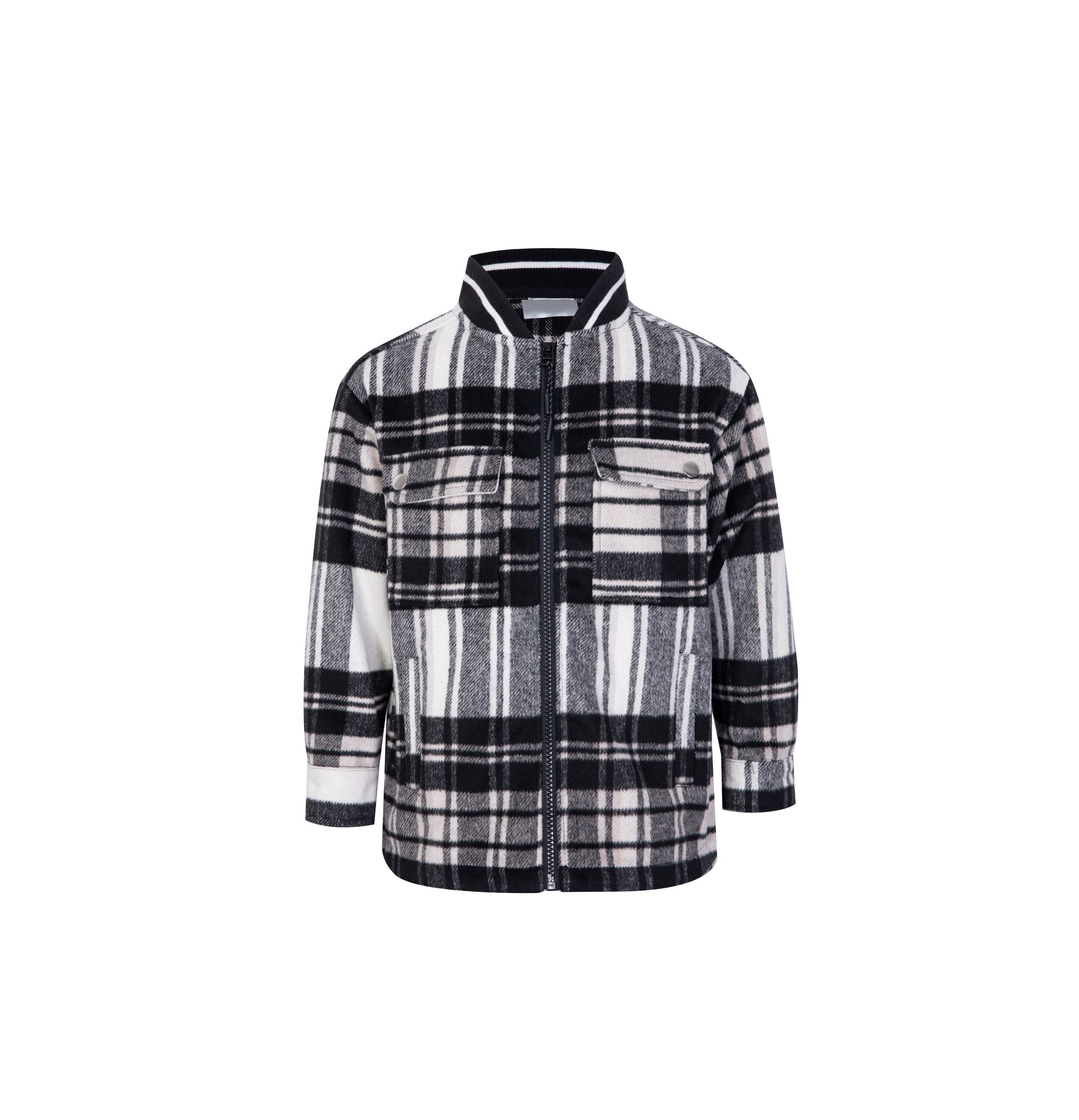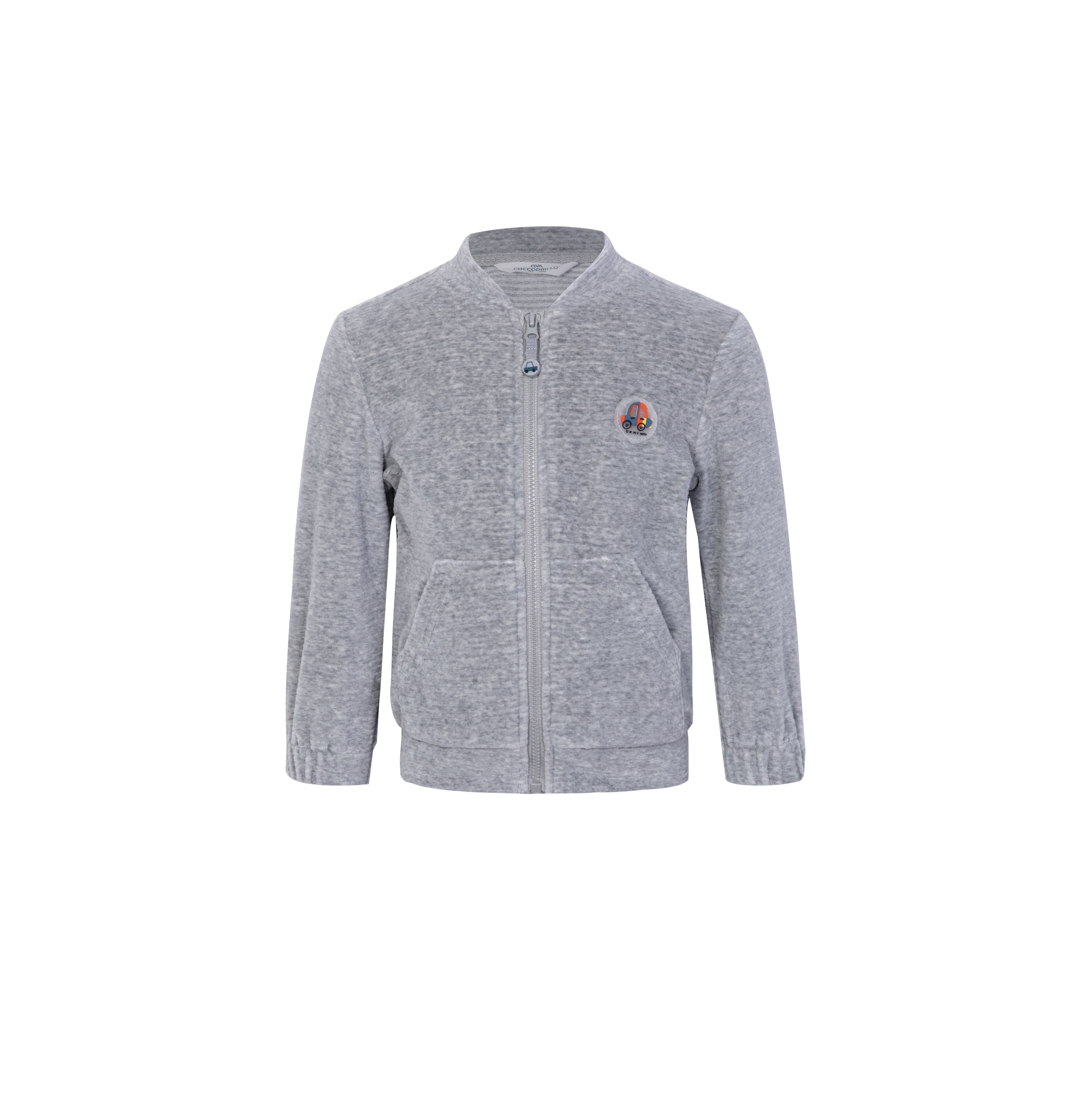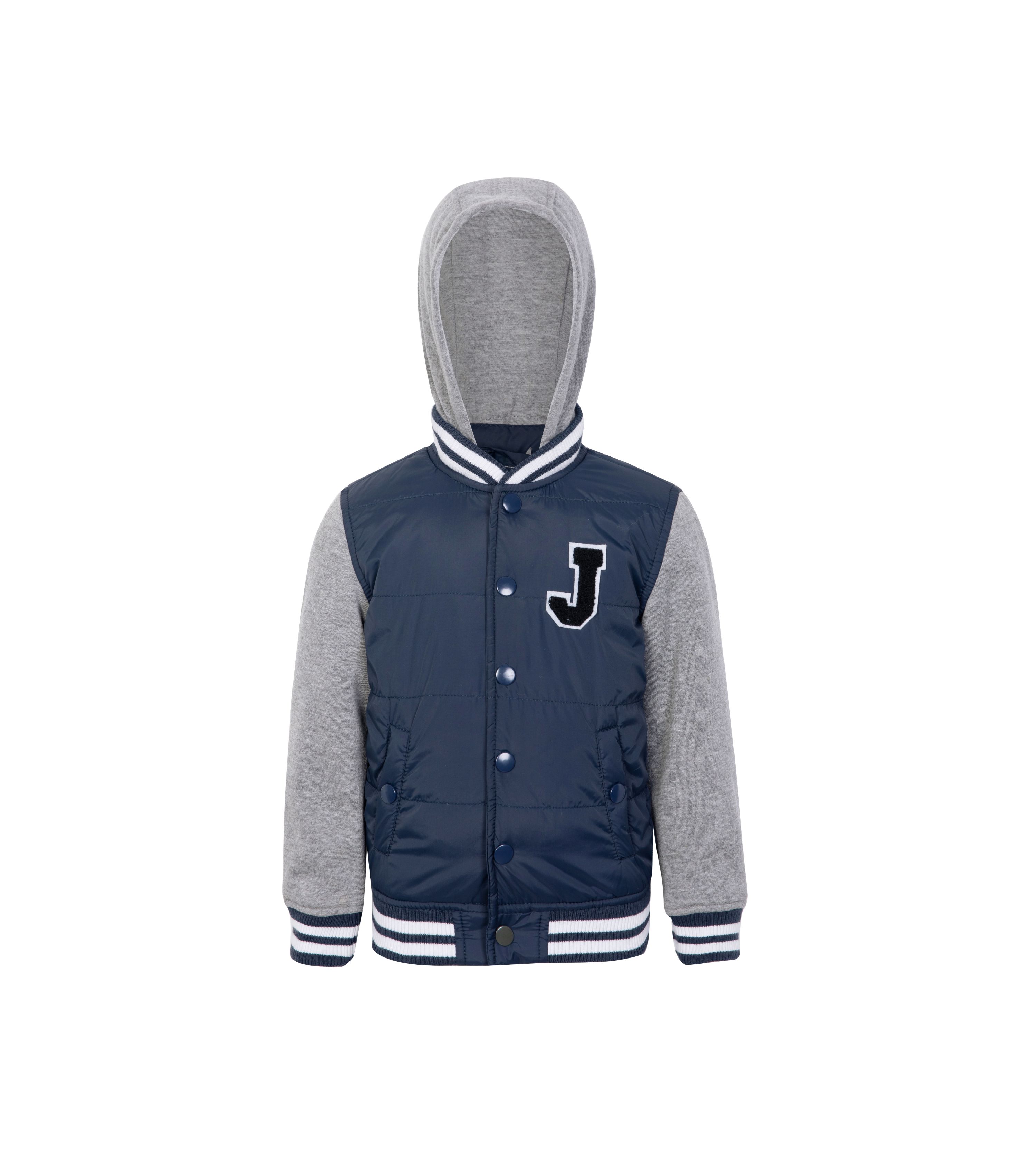Chinese New Year, also known as the Spring Festival, is the most significant celebration in Chinese culture, marking the beginning of the lunar calendar. This festive period is characterized by vibrant customs, delectable cuisines, and traditional garment that reflects auspicious meanings and cultural heritage.
During the Spring Festival, it is customary for families to wear new clothes to symbolize a fresh start and the warding off of bad luck. The color red is particularly favored, as it is believed to bring good fortune and happiness. Red garments, adorned with gold or yellow embroidery, are commonly worn to celebrate the occasion. From traditional cheongsams (qipao) for women to mandarin-collar tunics for men, these garments are not only visually stunning but also steeped in cultural significance.
Moreover, children often receive “hongbao” (red envelopes) from relatives, a tradition accompanied by the donning of bright and festive clothing. This tradition emphasizes the joy of sharing blessings and good wishes for the year ahead. The clothing worn during Chinese New Year is more than just a fashion statement; it is a medium through which families express their hopes for prosperity, health, and happiness.
In more contemporary settings, many individuals may choose to blend traditional clothing with modern styles, creating a unique approach to celebrating the festival. For example, pairing a traditional qipao with modern accessories or incorporating red elements into everyday wear reflects a harmonious balance between honoring tradition and celebrating modernity.
Ultimately, the attire worn during Chinese New Year serves as a bridge between the past and present, signifying both cultural reverence and individual expression. As families gather to honor traditions and welcome the new year, their clothing embodies their aspirations for prosperity and joy, making it an integral part of the Spring Festival festivities.




